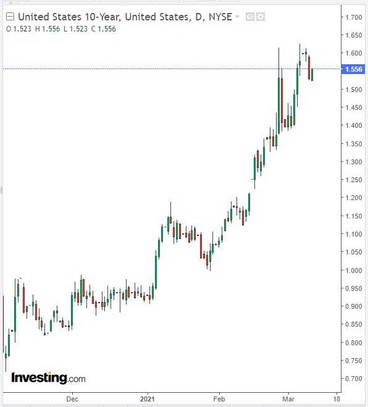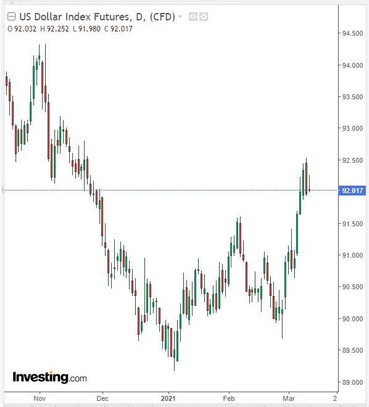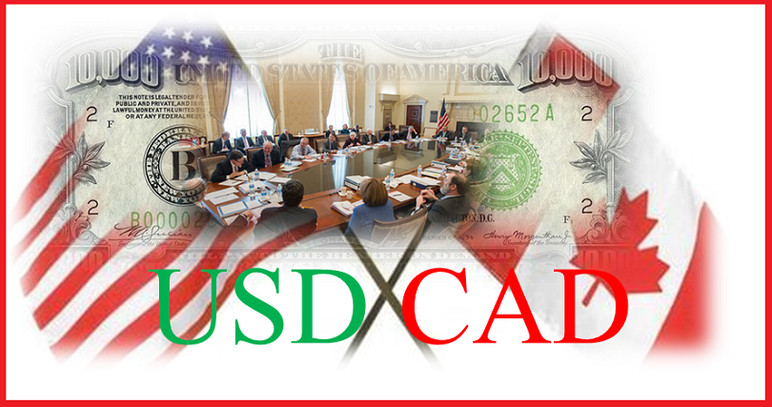Today, the focus of the market participants following the dynamics of the Canadian dollar and the USD / CAD pair will be the meeting of the Bank of Canada. Its decision on the interest rate will be published at 15:00 (GMT). The Bank of Canada is expected to keep its interest rate at 0.25%. However, investors will study the accompanying statement from the Bank of Canada. Its tough tone on rising inflation and the outlook for monetary policy will push the Canadian dollar stronger. If the Bank of Canada signals the need for soft monetary policy, the Canadian currency will decline.
In March 2020, unemployment in Canada rose to 7.8% from 5.6% in February, and the number of employees, as reported by Statistics Canada, fell by 1.01 million people due to massive plant closures and layoffs due to quarantine restrictions due to coronavirus.
To mitigate the negative impact of the pandemic on the economy, the Bank of Canada in March 2020 lowered the interest rate to the current level of 0.25%. In an accompanying statement, the central bank said the decision "aims to support the financial system, which plays a central role in lending to the economy, and to create a foundation that will allow the economy to return to normal". The central bank also said in a press release that the spread of the coronavirus and the plummeting global oil prices combined are weighing heavily on Canadians and the Canadian economy.
In fact, quantitative easing and a significant cut in the interest rate should help weaken the national currency.
However, supported by rising oil prices, the loonie has strengthened significantly since last spring, while USD / CAD has declined 15% from its multi-year high of 1.4665 reached in March 2020 to current levels near the 1.2650 support level.
The consequences of the coronavirus negatively affected the Canadian economy and the country's labor market in the first half of 2020. However, a report published last week by Statistics Canada indicated that GDP growth in the country in December was +0.1% and +9.6% in the 4th quarter of 2020 (versus the forecast of +0.3% and +7.5%, respectively). GDP is considered to be an indicator of the overall health of the Canadian economy, and an uptrend is seen as positive for the CAD.
Meanwhile, weakness in the housing market and over-strengthening CAD could force the Bank of Canada reapply monetary policy easing.
But this will probably only have a temporary effect. The Canadian dollar, being largely a commodity currency, will continue to benefit from rising prices for oil, the country's top export commodity, and rising global stock market indices.
Most likely, the rate will remain at 0.25%, and the quantitative easing program - in the amount of 4 billion Canadian dollars per week.
In an accompanying statement, the leaders of the Bank of Canada will explain the decision. However, the Bank of Canada will provide more detailed information on the state of the country's economy only in April in its monetary policy report.
Thus, most likely, the downward trend of the USD / CAD pair will continue in the short term, despite the current strengthening of the US dollar, which, in turn, is receiving support from the growing yields of US government bonds.

As of this writing, the yield on 10-year Treasuries was 1.556% (versus a local high of 1.624% last week and versus a multi-year low near 0.500% in August last year). The DXY dollar index hit a 15-week high of 92.53 yesterday. Although the DXY has subsequently declined, it saves the positive dynamics. At the start of today's European session, DXY futures are traded near 92.00 mark.

The US dollar is supported by a faster economic recovery and the expected adoption of the $ 1.9 trillion economic assistance bill, which leads to increased activity of buyers in the American stock market and sales of government bonds.
And from the news for today concerning USD, it is worth paying attention to the publication at 12:30 (GMT) of data on core inflation in the US for February. It could be +0.2% (+1.4% in annual terms), which is much lower than the Fed's target of 2%. However, the relative growth of inflation indicators still has a positive impact on the USD.
Inflation data for February could bolster the confidence of those expecting a recovery in the US economy, higher yields and a stronger dollar. And if the data turns out to be better than the forecast, then the USD may strengthen in the short term, including in the USD / CAD pair, although in general, the downward dynamics is still preserved for it.





